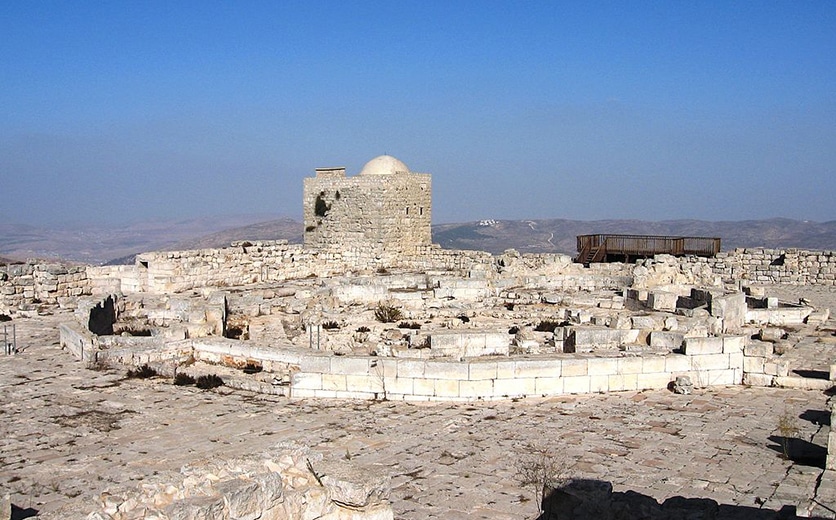An important theological term in both the OT and the NT. The most important Hebrew word for glory, kabod, means “weight” or “importance.” Thus, to have glory is to be weighty or important to oneself or others. In the OT, glory is applied to humans, showing their significance in the world (Job 19:9; Prov 16:31; Prov 20:29; Isa 8:7). Frequently, it is also applied to God. God’s glory is particularly God’s visible manifestation to humans (Num 16:19; Num 16:42; Ps 102:16; Ezek 10:4). At the giving of the law at Mt. Sinai, God’s glory appears as a cloud and as fire (Exod 16:10; Exod 24:16-17). It is associated with the tabernacle and the Temple (Exod 40:34; Num 20:6; Ps 24:7-10; Ps 78:60-61). God’s glory frequently appears in Ezekiel’s visions (Ezek 10:4, Ezek 28:22, Ezek 43:2-5). Finally, glory may refer to God’s future appearance (Isa 4:5; Isa 60:1-2). The appropriate human response is to ascribe glory to God (Ps 22:23; Ps 29:2; Ps 86:9; Isa 66:5). The NT continues OT meanings of glory. Occasionally, it is applied to humans (Luke 12:27; John 7:18). More often, it is applied to God: God’s glory is seen (Luke 2:9; John 11:40; Acts 7:55; Rev 15:8). People are to give glory to God (Acts 12:23; 1Cor 10:31). In addition, glory is applied to the risen Christ (1Cor 2:8; Heb 2:7; Heb 2:9; 1Pet 1:11; Rev 5:12-13) and to Christ’s Second Coming as the Son of Man (Matt 25:31; Mark 8:38; Titus 2:13). The notion of glory as applied to Christ’s human existence is most developed in the Gospel of John. God’s glory appears in Jesus (John 1:14; John 13:31; John 17:5). Glory is revealed through Christ’s miracles (John 2:11; John 11:4). It is also closely associated with his death as his hour of glorification (John 12:23; John 17:1).




